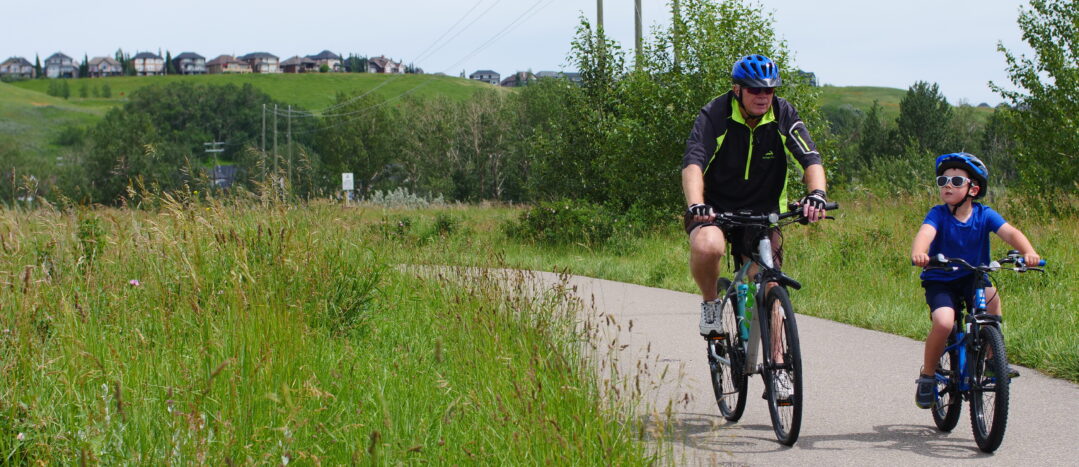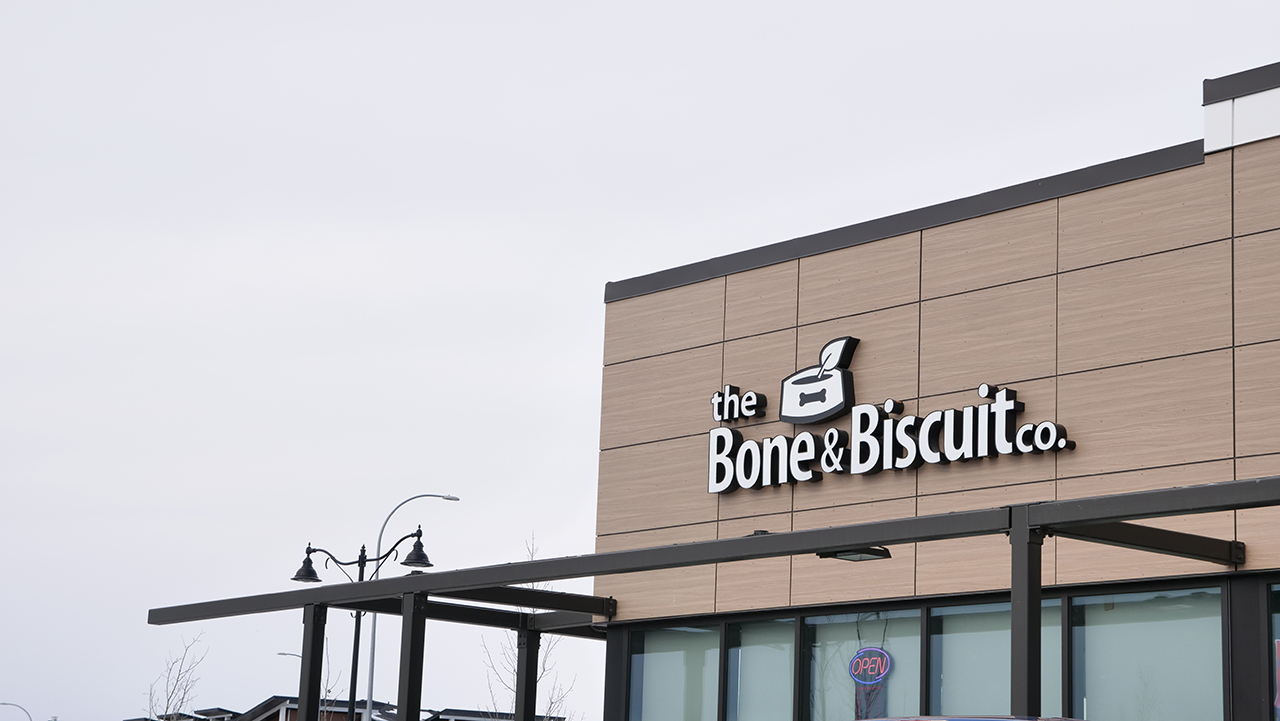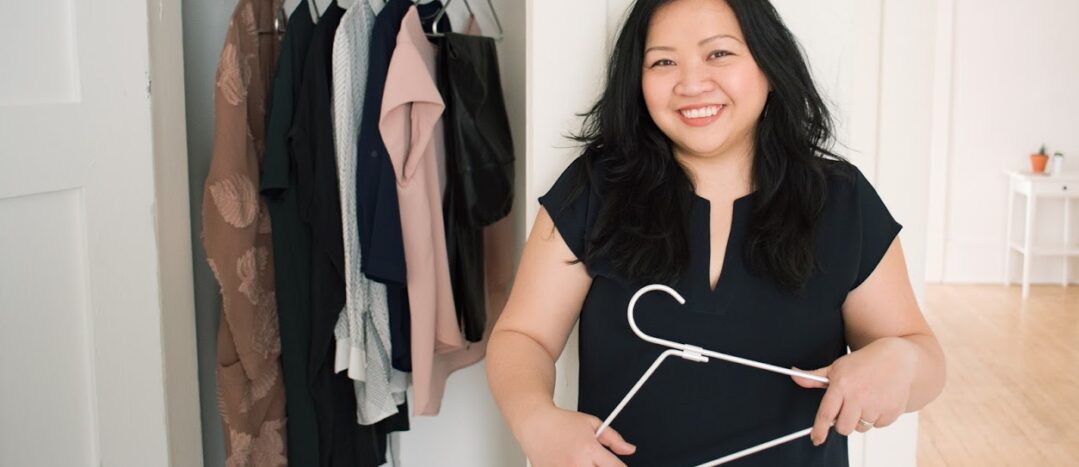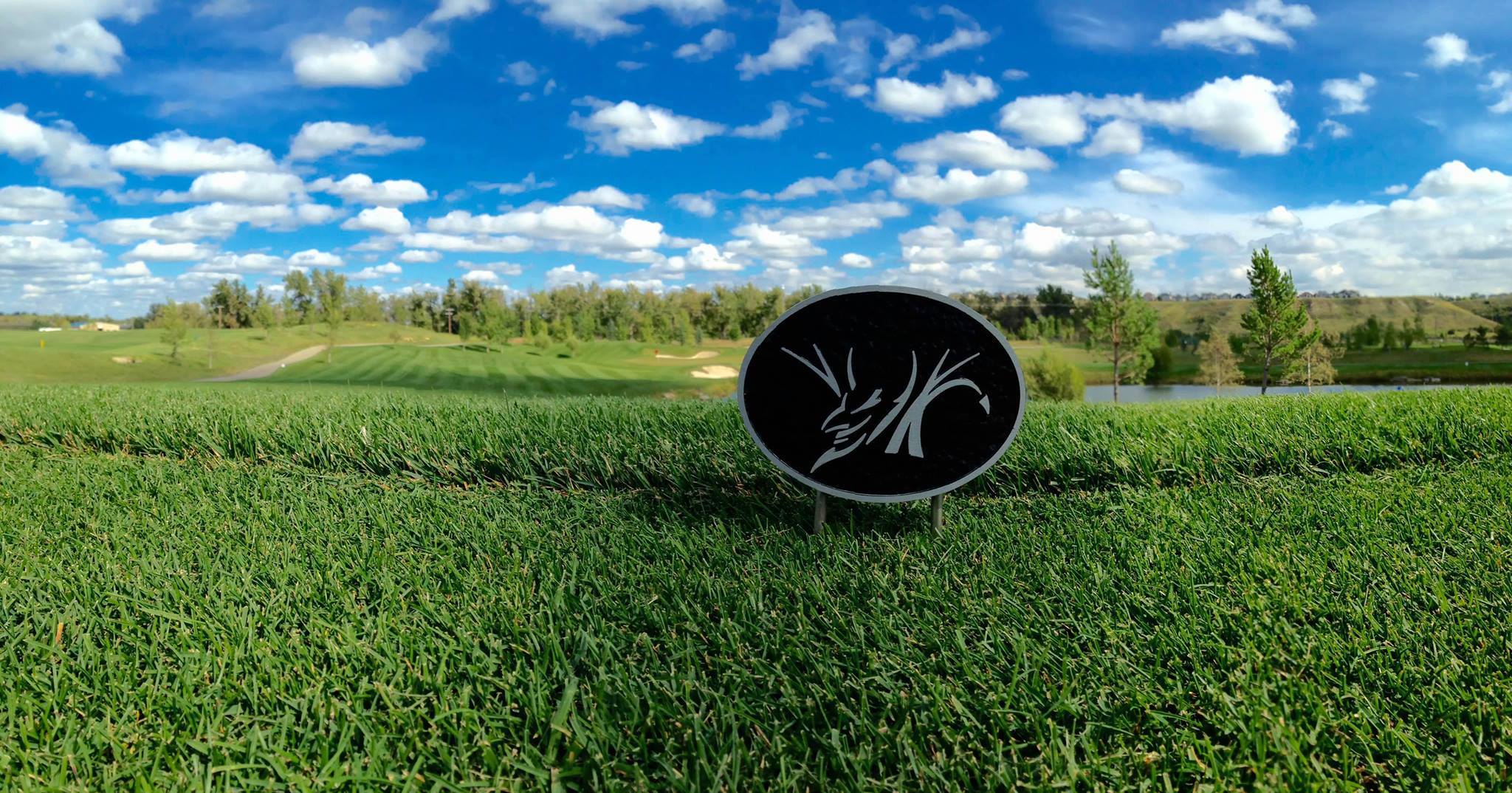Choosing the Right Bicycle: Tips for Parents
Recently, Calgary has celebrated the completion of 1,000 km of paved pathways throughout the city! This always-growing pathway is a fun and safe way to explore the city, while getting fresh air and exercise by walking, running or biking. Right now, these pathways are being extended into Wolf Willow to give residents even easier access to the rest of the city. Visit the City of Calgary website to view maps, routes and pathways.
By the time Wolf Willow is complete, it will feature 9km of paved park pathways. In addition, these pathways will connect to Fish Creek Park through five different entrance points in the community and will follow along the river. The north entrance to the park has already been connected to the community with easy access just off 194th Avenue and a new parking lot as your starting point for outdoor adventures. Fish Creek Park features over 100km of pathways with so many things to discover on foot or with your foot on the pedal–you can learn more about this great feature near Wolf Willow in our blog post about the park. Wolf Willow will also be connected to Legacy and Township through pathways along 210th Avenue, and the Blue Devil Golf Course where you can enjoy a round of golf with your little ones at Lil Devil golf course.
Biking is a great way to get the whole family in on the fun—but first you need bikes. Choosing the right bike for your children can be an overwhelming process, so we’ve gathered some general tips to help you in your search.
Bike Fit
The most important choice for your child’s safety and comfort is finding a bike that fits. These are some of the considerations you’ll need to keep in mind when shopping. Measurements will help you narrow down your search, but ideally you should bring your child with you to the store so they can take a test ride before you make a purchase.
Bike Sizing

The first thing you’ll need to determine is what size bike your child needs. Kid’s bike sizing is measured differently than adult bikes—they’re measured by wheel diameter rather than frame size. Generally ranging from 12 to 24 inches, kids’ bikes are best chosen by measuring your child’s height and inseam, the length of the inner-side of their legs. While you will likely see bicycles organized by age, as a parent you know that kids come in all shapes and sizes, and their actual measurements are the most important factor in whether a bicycle will be comfortable and safe. Here’s a handy bike sizing chart and tips to help you choose the right size for your little ones.
Note: Peddling takes a bit more strength than walking so your littlest kids might want to start off with a balance bike. These tiny bicycles have two wheels and no pedals so your youngster can practice scooting along using their feet to push themselves forward. You can also look into tricycle options or bicycles with training wheels to get your youngest off to a safe and fun start to their cycling journey.
Stand-over Height

Another occasion where you’ll need to know your child’s inseam measurement is for stand-over height. This measurement refers to the height of the top bar of the bicycle, which your child will need to be able to comfortably stand over to safely use their bike. Give them a couple inches of space between their inseam and the bar measurement so they don’t wobble or tip over when they stop their bike.
Handlebars and Seat Height
Wheel size and stand-over height are two of the most important measurements you’ll need to consider for bike sizing, but they’re not the only ones. You’ll also need to consider the positioning of the handlebars and the seat. Luckily, these parts are often adjustable so you can customize your bike to be a perfect fit. This is where a test ride can help—watch or ask your child to see if the handlebars are difficult to reach, too far apart, or if they’re struggling to keep their feet on the pedals.
Weight
Just like adult bikes, children’s bikes are made of different materials. Try to choose one that’s not too heavy as this will require more effort and muscle for them to get around and can tire them out quickly. Aluminum bikes are much lighter than steel framed bikes, giving your child (and their still-developing leg muscles) a much more enjoyable ride.
Bicycle Details
Once you’ve determined what size, shape, and materials your child needs to be safe on a bike, you can then consider the details of the riding experience. In many situations, these choices only apply to bigger kids with more complex bicycles.
Gears

Almost all kids start out with a simple, single-speed bike, which helps them focus on learning how to pedal and steer while maintaining their balance on two wheels. At some point though, if you child is confident enough with their bicycle skills, you might want to consider a multi-geared bike for their next upgrade. The option to switch gears can improve your child’s riding experience by making it easier to navigate up hills and pick up speed when they’re on level ground. For more info about the transition to a geared bike, check out this article by ActiveKids.
Breaks
Bicycles can come with two different types of breaks: hand breaks (or freewheel breaks) and coaster breaks. Hand breaks are more common on adult bikes; coaster breaks, which stop the bicycle when you peddle backwards, are more common on kids’ bikes. There are pros and cons to both, so remember to keep in mind your child’s unique strengths and skills when choosing. For example, if your child has strength issues in their hands, you may want to keep them on coaster breaks for longer. For more detailed information about the difference between these two types of breaks, read this article from Spokester.com.
Tire Type
Having the right type of tire can make all the difference. If your child is going to be biking mostly on paved streets, trails and sidewalks, then a road bike is probably the best choice, but if they’re planning to head off-road you should consider getting a mountain bike. Mountain bikes have wider tires with deeper tread to make it easier and safer to navigate uneven terrain.
Bike Pricing
Bike pricing varies immensely across brands and sizes. Generally higher quality brands will be priced higher due to better materials and workmanship in construction, but that doesn’t mean you can’t find a good deal. Check out local Calgary cycling shop Bow Cycle to browse children’s bikes across different pricing ranges. You can also talk to an expert at a bicycle specialty shop like Bow Cycle who can help you navigate all the details mentioned in this article in more detail, so you can be confident that your child has the best bike for their needs.
Final Thoughts

That’s a lot of things to consider! Safety and comfort are important, but before spending any time worrying about these suggestions the first step is to talk to your kid. If they don’t seem enthusiastic, or worse, are scared of riding a bike, don’t force them. All kids grow at their own rate, and no child should be expected to learn to ride a bike before they’re ready, so talk to your child and make sure that’s what they want. Then, moving through the steps to find the perfect bike will be a fun process you can do together, and reap the rewards when you’re zooming through south Calgary as a family.






